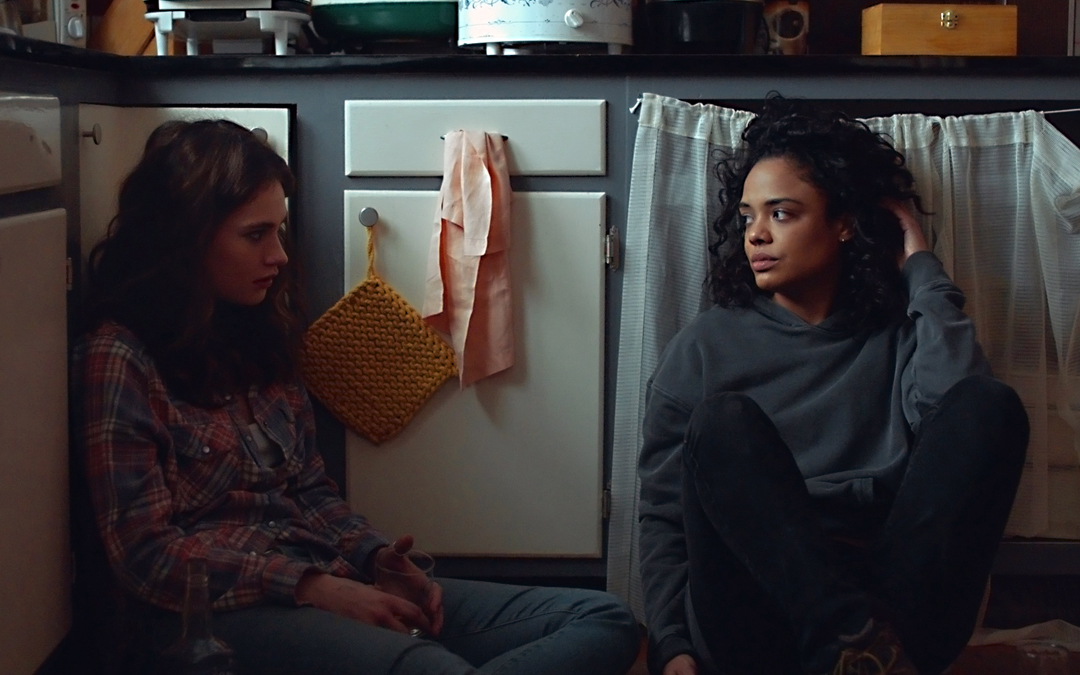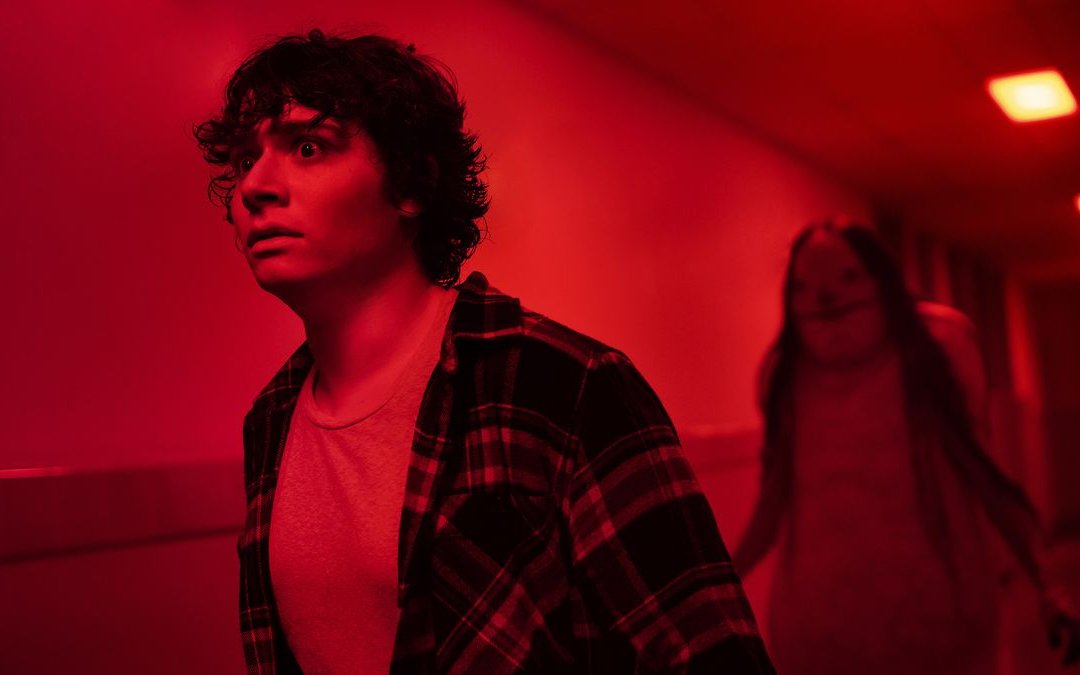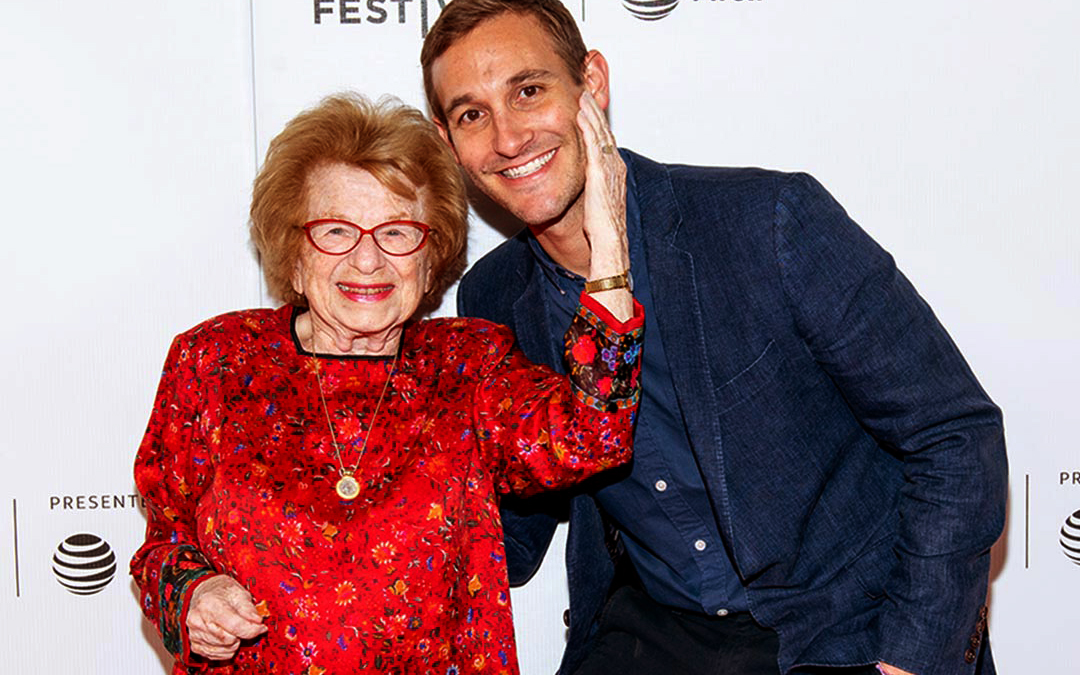Wild Nights with Emily' Director Madeleine Olnek
April 23, 2019
Imagine if everything you ever knew about a beloved writer was disproven in an instant.
Welcome to Wild Nights with Emily.
The comedy/historical drama, written and directed by Madeleine Olnek, is a re-imagining of Emily Dickinson’s life, her romances, and poetic career. It all began years ago after a piece appeared in The New York Times.
“I was so stunned when I read this article about how the advances in science allow us to understand things about historical figures,” Olnek says. “They used spectrographic technology to look at Dickinson’s letters.”
That technology allowed researchers to find something astonishing: Dickinson appeared to be in love with a woman—and not just any woman: her sister-in-law, Susan Gilbert Dickinson. Olnek also found the mentions of Susan in Emily’s work had been completely erased.
“Emily was so in love with Susan and she was so passionate [about it] in her poems,” says Olnek.
Olnek, who wrote a play about Dickinson in the ‘90s, began a further investigation. She dug herself deep into a rabbit hole of research, traveling to Amherst, Massachusetts, where Dickinson spent her short life. Olnek read biographies, along with unpublished letters and poems that belonged to Dickinson.
“She was a role model for women, but not in the way we think,” Olnek remarks.
What Olnek discovered was that Emily Dickinson was a passionate lesbian, in love with her childhood best friend turned sister-in-law, Susan Gilbert. The love she had for Gilbert was found through the almost 1,800 poems Dickinson wrote during her lifetime. Olnek also discovered that Dickinson worked tirelessly to get her work published, contrary to the common public sentiment that Dickinson was a recluse, uninterested in acknowledgement and uninterested in the same sex.
“I want people to understand that what we’ve been told about her is a bunch of bunk,” Olnek proclaims. “She was a role model for women. She is this genius who we were told lived a wretched, miserable existence—but that’s not true.”
Olnek makes this clear throughout the film. Dickinson, played by Molly Shannon, consistently expresses her love physically and on paper for her lifetime friend, Susan Gilbert, played by Susan Ziegler. The two women have a passionate love affair from the time they are teenagers through to even after Gilbert’s marriage to Dickinson’s brother, Austin.
“She was trying to get her work heard in her own lifetime, but was rejected,” Olnek says. “She was actively trying. I think it would be inspiring to people to know what she went through. The way she was presented was that she was the ultimate good girl.”
According to Olnek and her research, Dickinson’s “good girl” image is because of a woman named Mabel Todd. Todd, played by Amy Seimetz in the film, was the mistress of Emily's brother, Austin.
“When I wrote the play version, I didn't know that this woman Mabel Todd put together these early books of Dickinson after her death. [Todd] became a spokesperson for Emily Dickinson. She talked about how Emily never came out of her room. What she didn’t say, is that she was there having sex with Emily Dickinson’s brother at Emily's house.”
The film, which is highly comedic, often uses a split screen to compare how history was written to how history actually happened.
“One of the things that was so surprising to me among all the other mistruths that we’ve been told about Emily Dickinson is that she had a wonderful sense of humor,” Olnek says.
“Emily was a thinker. She thought about the world and that’s what comedy does, it helps us think about the world.”
The film, which some critics have compared to an episode of Drunk History, could forever change the narrative of one of the world’s most famous poets, something Olnek is proud of.
“She was really ahead of her time,” Olnek says. “People should go see this movie if they are interested in how someone beat all of the odds—and if they’re interested in learning how words can change lives. If they want to find inspiration, and also if they’re interested in having good laughs.”
Written by: Allison Norlian
Allison Norlian is a three-time, Emmy-nominated journalist who has worked as a television reporter and anchor in markets around the country. She has covered a variety of stories from the riots in Charlottesville, Virginia to President Trump’s travel ban in the fourth circuit court of appeals. Allison has also won AP awards for her work and a Catalyst For Change award from the Arc of Virginia for her reporting on the disabled community. Allison just moved to Los Angeles with her screen writer husband and two cats and is excited for all LA has to offer!



